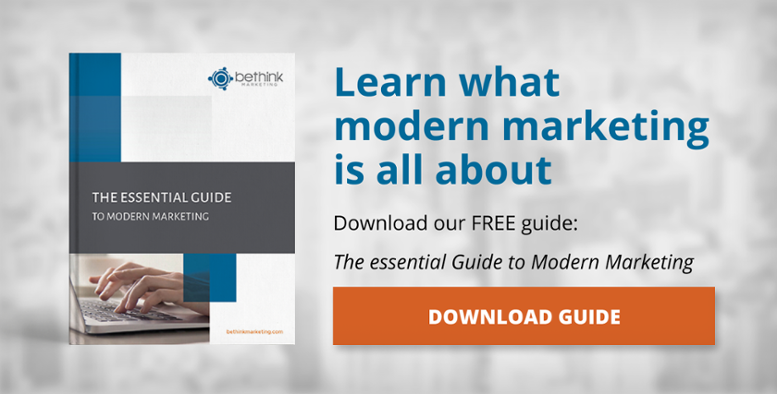
Marketing has completely revolutionized the way people are doing business. Many are still sticking to the old way of marketing but for those who are constantly looking to be at the top of the game will find that modern marketing concepts is a complete game changer not only in how their marketing efforts are run, but also in the firm’s overall operations.
Here are 7 marketing concepts that helping businesses to stay competitive.
1. Switching from an Outbound to an Inbound Marketing Approach
The best leads are those who seek you first before you reach out to them. This is why financial services are looking for ways to be less disruptive and apply a methodology that attracts customers naturally.
This is where Inbound Marketing has become a popular choice for thousands of businesses across multiple industries. By publishing content on their website, they are able to attract visitors who are seeking content by firms that address their particular goal or pain point.
2. Reducing Acquisition Cost by going Digital and Inbound
Instead of spending thousands of dollars per month on mass mailing, events or any other traditional marketing activities, businesses are seeing a significantly lower acquisition cost per lead. According to HubSpot, Inbound Leads cost 61% less than outbound leads on average.
3. Understanding Needs before Presenting a solution
Buyers have changed the way that they shop. With the power of internet, they can simply go on Google and type in their questions to find content that answer their questions. Because of this, the advisors are then contacted at a much later stage of the buyer’s journey.
Many salespeople assume that they still hold the same power as 5 years ago. Due to the shift of power from seller to buyer, sales need to shift their strategy from selling to helping. Which means when first contact is made between a salesperson and potential buyer, the salesperson needs to explore the potential buyer's goal or challenge first and provide them marketing content (such as blog articles, ebooks or guides) that address their needs prior to presenting the solution.
4. Segmenting to Personalize content
Mass mailing or mass emailing your list is no longer a best practice. In fact, it is now seen as highly counterproductive because not everyone in a mass list need the same information. Unfortunately, not everyone in your contact database in interested in your monthly newsletter. Or not everyone is interested in a webinar that you are hosting about your investment solution. If you are sending irrelevant content, they will ignore it, quickly delete it or unsubscribe.
businesses are looking to create multiple lists according to the online behaviour of each potential investor, where they are at in the buyer’s journey and lifecycle stage. It should no longer be a surprise that corporate newsletters are only sent to customers, or product webinars to only those who are at the end of the consideration stage of the buyer’s journey.
5. Using Content to Nurture Leads
As a salesperson, to close deals better and faster, leads need to be nurtured in order to help them move forward in the buyer’s journey. It is not enough to simply follow-up with someone and ask if they are ready to move forward. You need to help them figure out why they are not taking action and send content that will encourage them to do so.
Lead nurturing is done before and after the first contact between advisor and potential investor. For example, when a visitor downloads an eBook, marketing can send content to encourage a consultation with an advisor. And when a salesperson is done with the first consultation, they will need to foster the relationship by sending content that addresses their needs according to what was gathered from their conversation.
6. Automating Sales and Marketing Processes with software
The thought of nurturing leads is great, but it would become too time consuming to do so one by one. Fortunately with modern marketing software, you can automate emails to be sent out. For example, you can automate a series of 4 emails to be sent out to whomever downloads one of your eBook. The sales team could also set up a sequence of 4 emails until their prospect or lead responds.
Not only can a modern marketing software automate processes, it can run all of your inbound marketing campaigns and be used as a collaboration tool for both the sales and marketing teams to drive traffic and close more deals better and faster.
7. Using Marketing Intelligence to plan ahead
Marketing intelligence is the behaviour data that you gather about your prospects, leads and customers online. This is gold for the sales team as they are able to have insight of every contact such as what pages they visited on the company’s website, when emails were opened and what links have been clicked. By having marketing intelligence at their disposal, the sales team knows what information is important to their contacts and can interact with them accordingly.


Let Us Know What You Thought about this Post.
Put your Comment Below.